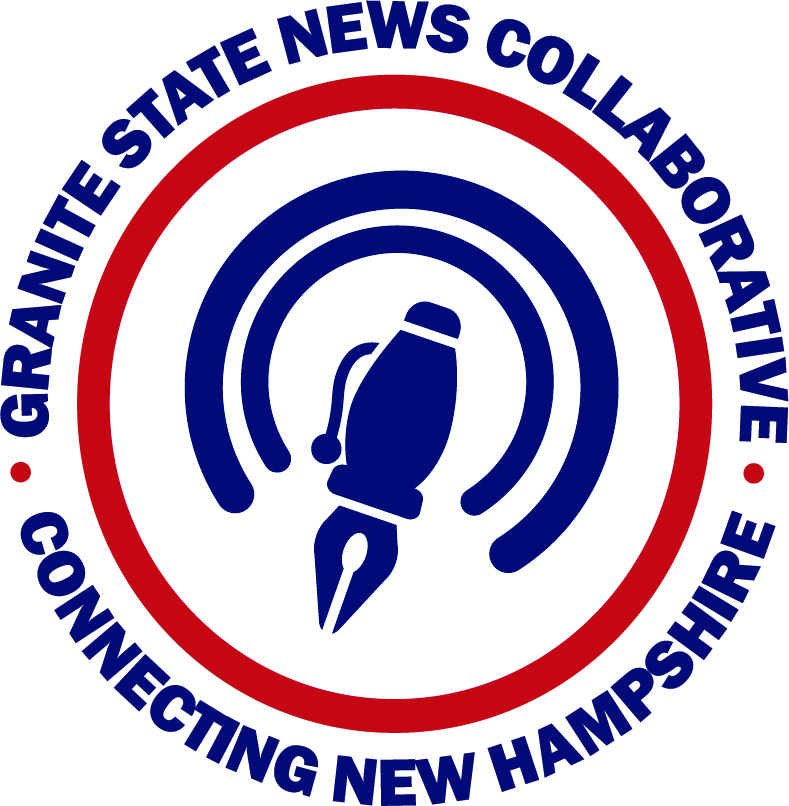
Story produced by NH Business Review, a proud member of 
MANCHESTER, NH — Some 126 New Hampshire businesses – less than 1 in 200 –have received emergency loans directly from the U.S. Small Business Administration, according to figures released by the agency earlier this week on its website.
More than 3,700 businesses received grants averaging less than $4,650.
The $10 billion Economic Injury Disaster Loan program was originally based on a program created for local catastrophes like a hurricane or a flood. It was supposed to be a stopgap measure to help small businesses devastated by the coronavirus pandemic while the more complicated Payroll Protection Program – involving SBA-approved banks — was rolled out starting April 3. Both programs ran out of money on April 16, and Congress is expected to approve a package to replenish them this week.
The PPP program – which had its own problems – reached more businesses more quickly with more money. The PPP’s 1 percent two-year loans – of up to $10 million – will turn into a grant as long as the business spends the money on an equivalent payroll and other necessary expenses.
In New Hampshire, the Concord SBA office approved some 11,682 PPP loans to New Hampshire companies, totaling $2 billion.
Little information
The EIDL program – which predated the CARES Act – promised loans up to $2 million at 3.75 percent interest rate with a 30-year term. The CARES Act, which was signed into law on March 27, threw in grants up to $10,000, stipulating the relief was supposed to go out in three days.
None of that happened.
Instead, the SBA got swamped, according to one official webinar, with 3 million applications in the first week. The loan amount – according to one communication leaked to the press – shrank to $15,000, and the grant, according to the SBA‘s district office in Massachusetts, would be limited to $1,000 per employee. The office, however, didn’t handle the loans.
That was done by the SBA national office which was sharing little information with district offices, much less the public or the applicants themselves.
There are other reasons for the problems besides the overwhelming number of applications. The SBA had to streamline its website to handle the volume. And the rules changed midstream when the advance was included. That meant that those who applied before March 30 had to do so again, said Rachael Roderick, the SBA’s acting New Hampshire director, in a webinar.
New Hampshire, which got more than its share of PPP loans – perhaps because of the zeal of local banks – fits in with the national average for the EIDL program. Nationally, less than 27,000 loans were approved totaling less than $5.6 billion, an average loan of $205,000.
New Hampshire businesses got a total of $27.6 million in loans, meaning an average of more than $219,000, some $14,000 above the national average.
A little more than 750,000 U.S. businesses got loan “advances” or grants – about 12.6 percent – totaling $3.3 billion, an average grant of $4,360.
According to Roderick, the agency is still processing some loans, and would continue to process them should the program be replenished.
In New Hampshire, the SBA granted 3,715 EIDL advances for a total of $17.3 million, an average grant of $4,658 – the ninth-highest average in the country.
A survey released Tuesday by the National Federation of Independent Business indicated most businesses were in the dark about the EIDL. As of Friday, 1 percent of the 885 responses received any EIDL funds, compared to 20 percent who got PPP money.
 These articles are being shared by partners in The Granite State News Collaborative. For more information visit collaborativenh.org.
These articles are being shared by partners in The Granite State News Collaborative. For more information visit collaborativenh.org.







